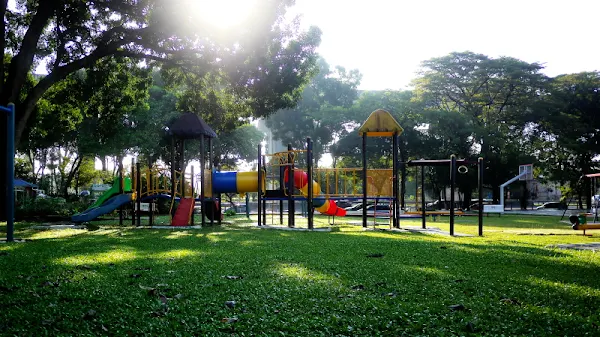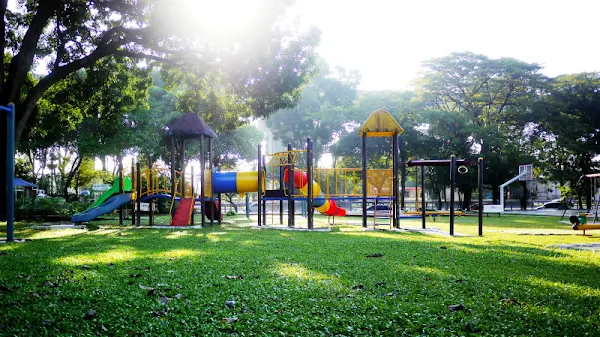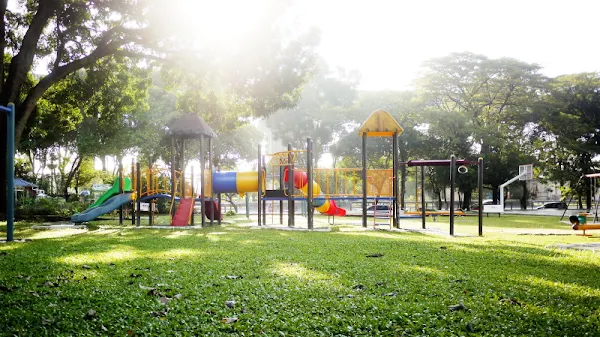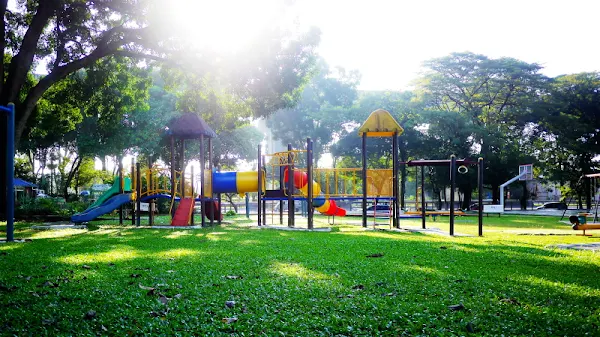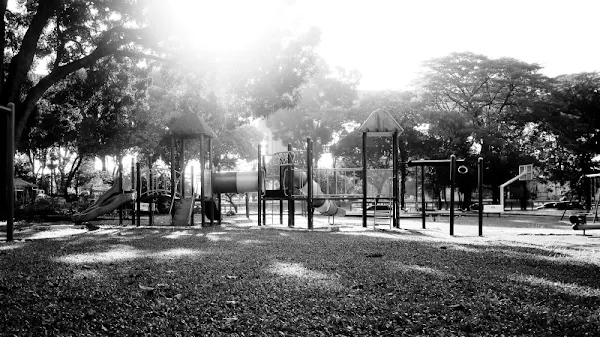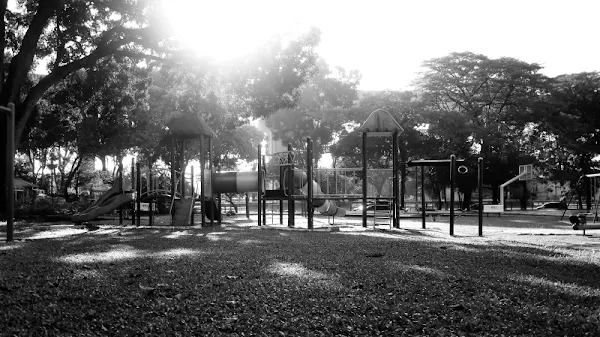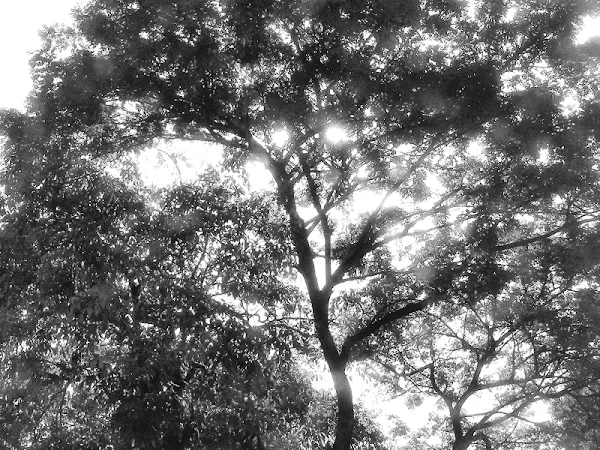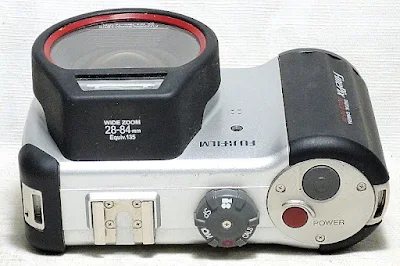Search ImagingPixel for Images by Camera or Lens
Friday, December 22, 2023
Photo of the Day
Thursday, December 21, 2023
Photo of the Day
Vintage Camera Marketplace by ImagingPixel

Wednesday, December 20, 2023
Photo of the Day
Vintage Camera Marketplace by ImagingPixel

Tuesday, December 19, 2023
Photo of the Day
Vintage Camera Marketplace by ImagingPixel

Monday, December 18, 2023
Panasonic Lumix DMC-GH2, Film Emulation Modes
The vintage Panasonic Lumix DMC-GH2, an advanced video-oriented Micro 4/3 digital camera introduced in 2010, comes fitted with a 16MP multi-aspect Live MOS sensor with Full 1080p HD video capability. Aside from the highly advanced movie mode, the camera also allows still photographers ample control over their images. The 7-page custom menu, for example, contains more than 30 options, and the setup option another 23, including Panasonic's iDynamic and iResolution modes, functions to maximize the dynamic range and detail resolutions of images captured.
The Film Mode feature, which allows for the adjustment of the color, contrast, saturation, and noise-reduction, comes with selections for Cinema, Standard, Dynamic, Smooth, Nature, Nostalgic, Vibrant, Standard B&W, Dynamic B&W, Smooth B&W, and a trio of My Film Mode presets. Capturing these test images with these modes, as posted here, is my first try at comprehending and understanding what the GH2 is capable of. Using the vintage as an alternative to more advanced and higher-priced models is the opportunity I am looking at.
Released as a successor to the DMC-GH1, which was introduced in 2009, the Panasonic Lumix GH2 comes with improvements such as a new sensor capable of 1080p video at 60 or 50 fps, faster sensor read-out, touch-sensitive LCD screen, an ISO range from 160 to 12800, larger EVF coverage, and cosmetic changes to make the camera more efficient to the user. The multi-aspect ratio sensor, which is 18.3MP in size, offers the same diagonal angle of view and almost a 100% view of the scene to be captured, regardless of the aspect ratio selected.
Vintage Camera Marketplace by ImagingPixel

Monday, December 11, 2023
Fujifilm FinePix BigJob HD-3W, In Black And White
Still enjoying my time with the Fujifilm FinePix BigJob HD-3W here, with another quick dash out of the door, and another pre-scheduled post, with images post-processed in black-and-white, for the holidays. Looks like the BigJob HD-3W, a very likable ruggedized 6MP CCD digital, is growing on me, and will probably end up being the go-to camera as and when or at any time I need to be outside.
This water, dust, and shockproof camera can withstand a fall height of 0.7 meters. comes with a simple autoexposure shooting menu, easy access buttons for users wearing gloves, a scratch-resistant lens cover, a huge 3-inch LCD screen, and a powerful 10-meter flash. Manufactured for use within the harsh environments of the construction, engineering, health and safety, and manufacturing industries, the camera is equally adaptable to the rough and tough enthusiasts outdoors.
For its own specialized use, the camera came with two world firsts: a mode to check for image manipulation after the picture was recorded, and image capture at 1MP for easy distribution by e-mail. The camera also comes with three emulation modes - F-Standard, F-Chrome, and F-B&W, with the latter two indicated on the LCD screen as film-roll icons. Access to these modes is via the Shooting Menu.
Vintage Camera Marketplace by ImagingPixel

Monday, December 4, 2023
Panasonic Lumix DMC-S5, A Refresher
A break for me, and a quick dash out of the door. I am taking this opportunity of this pre-scheduled post for a quick refresher on one of my favorite CCD sensor cameras, the ultra-compact 16MP CCD Panasonic Lumix DMS-S5 that I have been using as a product shoot camera for my sideline hustle. As you see with these refreshed images, the camera is equally competent as an external use camera or an occasional close-up agent.
The choice, though, was not automatic, as I went through a selection of digitals to replace the aging E-520 that I had been using for a few years. The Panasonic DMC-S5, introduced in 2012, is a follow-up of the DMC-S series, including the DMC-S1 (2011), DMC-S3 (2011), and DMC-S2. The camera was updated with a new and higher-resolution image sensor, an updated autofocus system, a modest improvement in battery life, a reduction in burst-shooting speed, and an updated software package.
The lens, as found on the DMC-S5, was the same Lumix DC Vario 4x optical zoom with an aperture opening of F3.1~9.0 at the short end, and F6.5~f/20.0 at the other. The camera also features a true optical image stabilization system, a 2.7-inch 230,000-dot resolution LCD display, and a 23-point multi-area autofocus system, which includes a single-point focusing mode and face detection. ISO sensitivity is rated from 100 to 1,600, expandable to 6,400 in High Sensitivity mode. Shutter speeds are from 8 seconds to 1/1,600 seconds.
Vintage Camera Marketplace by ImagingPixel

Monday, November 27, 2023
Fujifilm FinePix BigJob HD-3W, Close-Ups
I am still quite taken aback by spending more time with the 6MP CCD Fujifilm FinePix BigJob HD-3W, a ruggedized all-weather camera manufactured for the construction and engineering industry. Initially available for the Japanese domestic market, the camera was introduced to the UK and Europe in 2007.
The camera's easy-to-use setting and control features include a function to set the camera to macro mode, and macro distances of 2.5 and 5 meters.
Just like its 35mm film predecessor, the Fuji Work Record 35mm film camera series, this digital version is also water, shock, and dustproof, able to stand a drop of up to 0.6 meters. The camera should be equally adaptable, not only for garden close-ups like these but for hard and tough outdoor adventures as well. For insurance and forensic purposes, the camera is fitted with a system to detect manipulation of images, and easy e-mail transfers with 1MP images.
For whatever reason, the camera was used and favored when it was first introduced. My current thought was that this great camera, with its fantastic CCD sensor images, is worth a lot more than just a low-cost auction item that I paid for (just slightly over UK £20).
The camera is still growing on me, I just couldn't lay any faults on the CCD images, and I am happy to say that this is one camera I can take practically anywhere in whatever weather condition I am willing to face.
Vintage Camera Marketplace by ImagingPixel

Friday, November 24, 2023
Photo of the Day
Vintage Camera Marketplace by ImagingPixel

Thursday, November 23, 2023
Photo of the Day
Vintage Camera Marketplace by ImagingPixel

Wednesday, November 22, 2023
Photo of the Day
Vintage Camera Marketplace by ImagingPixel

Tuesday, November 21, 2023
Photo of the Day
Vintage Camera Marketplace by ImagingPixel

Monday, November 20, 2023
HMD Nokia 3.1, A Morning Break
On the rare occasion where I had only the smartphone to take these photos with, for a story best told by the images themselves - a quaint roadside stall, quiet and serene, fronting the glowing morning sun, with the pots and pans on the boil, the tables and chairs laid out not too orderly, food and fare ready to be served, and the operators set for the wait..., and the servings best enjoyed within the solitude of oneself.
The images were shot on the HMD Nokia 3.1, an entry-level Android smartphone released in 2018 by HMD Global, which I have had for ages now. The smartphone has a 13MP rear camera with an LED flash, an 8MP front camera, and a 5.2-inch LCD touchscreen with an 18:9 aspect ratio. The phone still works flawlessly for me, while it seems that Google has not bothered to keep the Android One system updated
I did notice, though, that the camera function does have its fair share of system and software upgrades, and now there is a marked improvement with its image capture and rendering facilities, a note worth appreciating and a reason to keep using both the camera and phone.
Vintage Camera Marketplace by ImagingPixel

Friday, November 17, 2023
Photo of the Day
Vintage Camera Marketplace by ImagingPixel

Thursday, November 16, 2023
Photo of the Day
Vintage Camera Marketplace by ImagingPixel

Wednesday, November 15, 2023
Photo of the Day
Vintage Camera Marketplace by ImagingPixel

Tuesday, November 14, 2023
Photo of the Day
Vintage Camera Marketplace by ImagingPixel

Monday, November 13, 2023
Canon EF 40mm f/2.8 STM, City Green
Had the chance to go down to the city again recently, and took the opportunity to take along the Canon EOS 300D, mounted with the EF 40mm f/2.8 STM, for the unplanned street shoot. I have had the well-used and slightly beat-up EOS 300D for quite some time now, and have been using it for pot-shots around the house and the adjoining community field. The camera and lens kit was light and compact enough, and carrying it around was not really a hassle.
One thing I noticed as I went through the shots was that the camera was quite heavy on the battery, which was already almost completely exhausted by the time I managed to get the final few shots in. Not too sure what the problem is, could be the age of the camera itself, which is draining a lot more power than it should, or the original battery I was using that is not keeping its charge well. It was an excellent outing anyway, with the shots edited for the frames posted here.
The EF 40mm f/2.8 STM, one of a pair of EFs that I have, is still in its excellent self, a favorite, and has always done well on each and every session that I had it mounted on the 300D. On the ASP-C sensor of the 300D, the 40mm STM is equivalent to a 64mm short tele on a full-frame 35mm camera, an excellent focal length that draws the view into a tighter composition.
Vintage Camera Marketplace by ImagingPixel

Popular on ImagingPixel
-
40mm Equivalents: A look at vintage primes and legacy lenses equivalent to the standard normal primes on 4/3 mirrorless or APS-C dig...
-
Digital Moments: Image making with a Konica Hexanon AR 28mm f/3.5, the lens with a stellar reputation for sharpness and overall exce...
-
Panoramas: Emulating the panorama image frame of the Hasselblad XPan and Fuji XT-1 35mm film cameras with cropped-frame digital imag...
-
HMD Nokia 3.1 << Click on image for enlarged Lightbox display >> Vintage Camera Marketpla...
-
Reverse Vignettes: Image making with a HMD Nokia 3.1. reverse vignettes on a five-foot way of a local business premises. <...
-
Olympus PEN E-P5, Minolta AF 50mm f/2.8 Macro (RS) << Click on image for enlarged Lightbox display >> ...
-
Canon EOS Kiss Digital X, Canon EF 35-70mm f/3.5-4.5 A << Click on image for enlarged Lightbox display >> ...
-
40mm Equivalents: A look at vintage primes and legacy lenses equivalent to the standard normal primes on 4/3 mirrorless or APS-C dig...
-
An economical low-end DSLR setup for vintage or newbie digital enthusiasts, the Canon EOS Kiss Digital X, and the Canon EF 35-70mm f...
-
Analog Diary: Film photography favorites, Image making with an Olympus OM Zuiko 21mm f/3.5, ultra-wide in the park, Part I. <...






